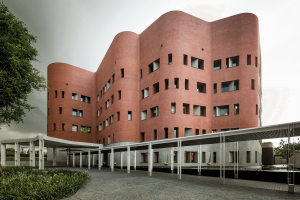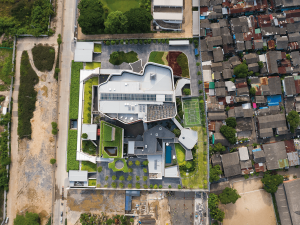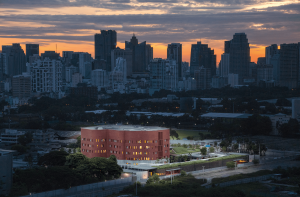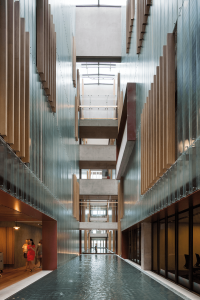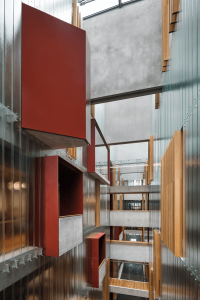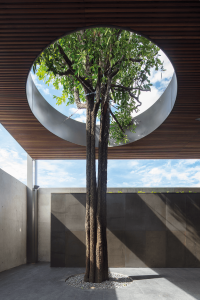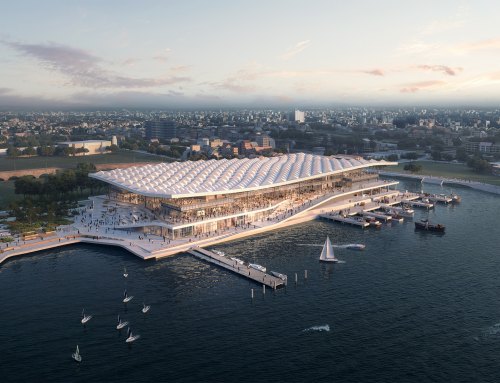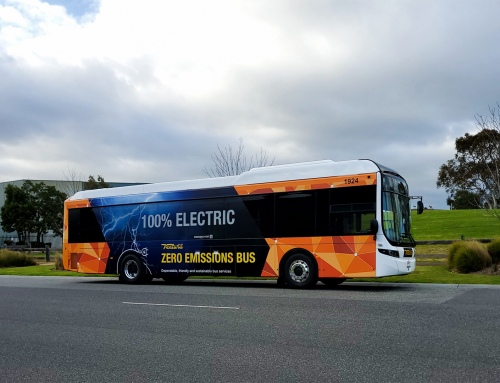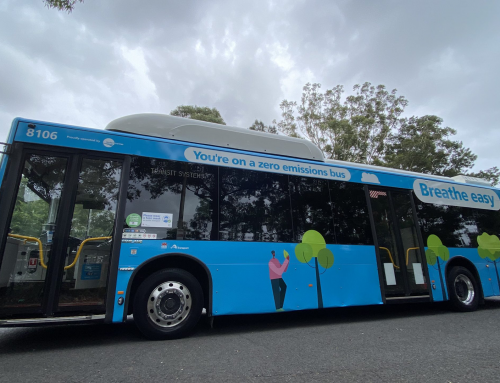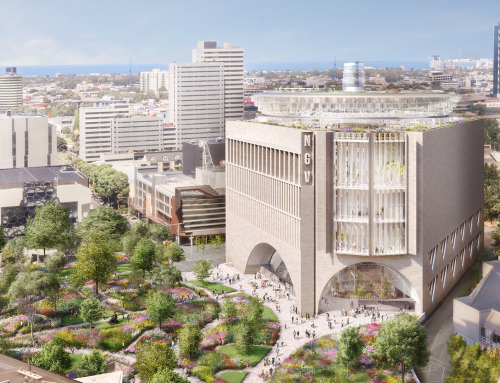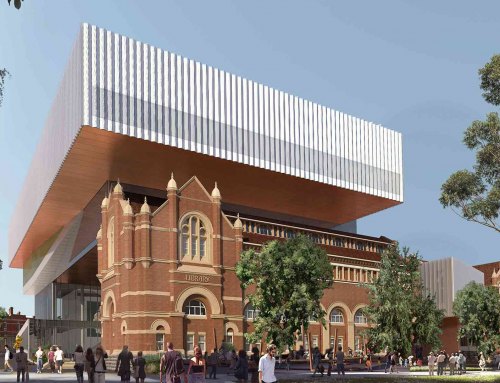Project Description
The new Australian Embassy in Bangkok, Thailand sits as a proud landmark at the edge of the business district. It conforms to the vision set out by the architects, BVN, of capturing the landforms of the Australian desert, in particular the iconic Uluru. The Embassy has been recognised with the Jorn Utzon Award for International Architecture at the 2018 National Architecture Awards.
The Embassy was constructed by Bouygues Thai-VSL Australia Company Limited, with a construction cost of $110 million. The Embassy complex comprises the main Chancery building, a Head of Mission Residence, and an Entry and Guardhouse Pavilion, complete with native landscaping and internal and external water displays.
WT Partnership (WT) were delighted to be appointed by the Department of Foreign Affairs and Trading (DFAT) to provide the full suite of pre and post-contract quantity surveying services.
Cost Planning Challenges
It was clear from the beginning the project faced many challenges. The project required the Embassy to be constructed to Australian Standards and meet many Australian Statutory Regulations, both of which are unfamiliar to contractors in Asia. The works included trades such as bricklaying that is second nature to the Australian construction market, but such skills are not readily available in Thailand. The materials used in the build were not familiar to the local workforce, which raised concern over the level of quality expected for the project. Additionally, unique security requirements and systems required the procurement of specialist contractors from overseas to supervise installation.
These challenges presented a unique project to WT in establishing and maintaining a budget throughout the design stage that considered an unfamiliar construction market and resource availability.
To overcome these challenges, we drew upon the experience and expertise of our Asia offices in Hong Kong and Singapore and appointed a local Quantity Surveying firm. This provided valuable input into our cost planning and a good understanding of the local construction market, including labour rates, expertise and availability of skilled labour, productivity rates, material availability and pricing, and escalation forecasts. Nevertheless, it was understood that the cost plan would need to carry an appropriate amount of risk should our assumptions need to change.
Cost planning was undertaken by considering the cost of the building if it were built in Australia, and then making suitable adjustments. On a trade by trade basis, we needed to establish whether there was sufficient local skilled labour and the level of supervision required or if we needed to hire expatriates. We also needed to assess whether materials could be procured from Thailand or needed to be imported. In many cases we needed to build up rates by first principles to consider labour rates and productivity, material supply and installation. Some trades such as security services, audio visual, and the integrated building management system required specialist expertise. These trades attracted a cost premium due to the labour being sourced from Australia.
WT worked closely with the design team to establish material choices that could be procured as much as possible in Thailand. This brought down costs, but it was clear that many specialist materials, such as high security doors and windows, would need to be sourced internationally. The project vision was also to incorporate many Australian materials into the building. Materials such as Austral bricks, Pilbara marble from Cairns, and Blackbutt timber for flooring and window sills are some of the Australian sourced materials that have a strong presence in the Embassy complex. All of these had to be imported from Australia and installed with the necessary skills to meet the quality required. Estimating for the supply and installation of materials was a significant challenge throughout the cost planning stages.
Despite Bangkok being home to commercial, residential and retail malls of an impressive scale, this project required a major contractor with some familiarity of the standards required. This added further complexity of budgeting with management and supervision costs, as well as costs for establishment in Bangkok for the construction phase. Budgeting preliminary and overhead costs was a particular challenge to our cost planning team, however we overcame this hurdle through the extensive knowledge and experience of our Asia offices.
Contract Selection and Procurement Strategy
The procurement strategy for the head works contract was heavily influenced by the need to retain control of the design, particularly due to the sensitive security requirements and systems. This requirement lent itself towards the need for a traditional construct only contract with minimal contractor design portions. As a Government funded project, certainty of cost was also a high priority. This determined the need to have a lump sum contract and to maintain a good level of cost control during the construction phase. To achieve this, WT produced a full bill of quantities that was incorporated into the contract. This enabled the desired cost control over contract variations and the assessment of contractor progress claims.
The contract selection was an amended version of the Conditions of Contract for Construction for Building and Engineering Works Designed by the Employer prepared by FIDIC 1999. The FIDIC suite of contracts are used globally on all types of projects. This contract is known to provide a balanced approach to the roles and responsibilities of the main parties, as well as to the allocation of risk. This allowed DFAT to benefit from a competitive tender process without the loading of cost risk into the price.
Procurement of the head contract works was through a two stage tender process, with tenderers selected following an expression of interest process. This was deemed the most appropriate strategy to deliver the most competitive price for the contract works. The successful tender was in line with the cost plan.
Lessons Learned
As a construct only type of contract, a greater number of variations were expected due to the client’s exposure to some risks that would otherwise be at contactor cost. The incorporation of a priced bill of quantities in the contract documents proved to be an invaluable tool to WT, as a significant portion of the cost were subject to local Thai labour rates and material pricing. This allowed us to provide a more accurate forecast for the cost of variations, and it made the agreement on the value of variations easier and more efficient. This was important for a project where cost control was paramount.
WT also maintained the services of the local Quantity Surveying firm throughout the construction phase which enabled us to seek advice on labour rates and material pricing for variation works of a different nature to those included in the contract works. We were able to negotiate the price for variations with greater confidence having this knowledge at hand.
The construction of the new Australian Embassy in Bangkok allowed us to collaborate and work with our global WT offices to understand the local market and successfully manage and deliver a comprehensive cost plan.
Client:
DFAT
Project Value:
$100 million
Project Design:
BVN Architects
Contractor:
Bouygues Thai-VSL Australia Limited (BVSL)




